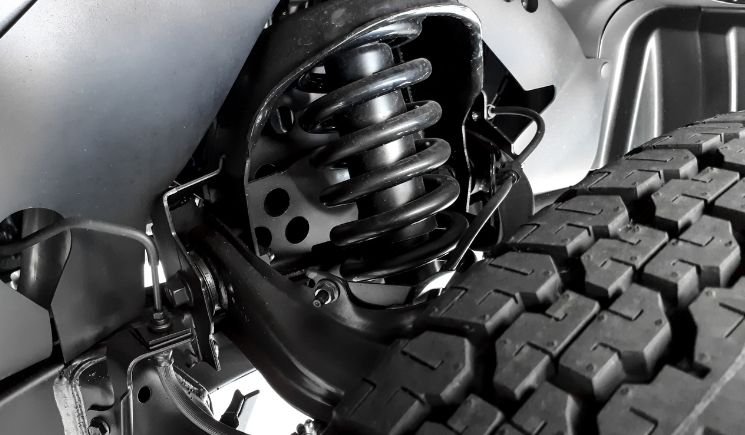Lowering springs are a popular modification for improving the stance and handling of vehicles. But how long can you expect a set of aftermarket lowering springs to realistically last before needing replacement?
This depends on factors like spring quality, mileage, driving conditions, and proper maintenance. In this article, we’ll provide an in-depth look at the typical lifespan of lowering springs for most vehicles. We’ll discuss what purposes lowering springs serve and why they may wear out faster than OEM springs.
We’ll cover how driving habits, climate, ride quality, and the quality of materials impact the longevity you can expect from a set of lowering springs. So let’s take a closer look at the key factors that determine realistic lifespan estimates for a set of lowering springs.
Lifespan Of Lowering Springs On Most Vehicles
OEM Springs
- Original factory suspension springs are designed to last upwards of 60,000-100,000 miles or more under normal driving conditions. They provide a comfortable factory ride height.
Quality Aftermarket Springs
- High-end lowering springs made from quality steel can last 50,000-80,000 miles generally.
Entry Level Springs
- Cheaper springs may only last 25,000-50,000 miles before needing replacement.
Factors To Consider To Extend The Lifespan
Spring Quality
- Higher-grade steel springs with powder coating or corrosion resistance will last the longest.
- Make sure to choose a branded product to get rid of rusting.
Proper Installation
- Ensuring professional installation to factory torque specs prevents early wear from improper seating.
Alignment
- Regular wheel alignments are crucial to prevent uneven tire wear which prematurely wears springs.
Driving Habits
- Avoiding potholes, curbs, and aggressive driving limits as these can damage your springs.
Load Management
- Overloading the vehicle and exceeding load capacity strains the springs and reduces longevity.
Inspection
- Frequently inspect for signs of wear like sagging, cracks, or clunking and replace them early before failure.
Suspension Maintenance
- Keeping shocks, struts, and ball joints in good shape is essential, as these can play a major role in the process.
Added Suspension Support
- Adding sway bars, and strut bars distribute the load better to prevent premature spring sag.
Road Conditions
- Adjust alignment more frequently if driving on uneven or rough roads to prevent abnormal wear.
Main Purposes That Lowering Springs Serve On A Vehicle
Lowered Ride Height
- The primary purpose is to lower the car’s ride height closer to the ground for an improved aesthetic appearance. Which on the other hand creates a sportier lowered look.
Handling
- Upgraded springs that are stiffer than OEM springs reduce body roll for flatter cornering and better overall handling response. Also, it improves the grip.
Alignment
- Correctly paired lowering springs optimize wheel alignment angles like camber for enhanced tire contact patch and road holding.
Performance
- Lowered center of gravity, reduced weight, and improved suspension geometry boost overall performance for faster corner entry.
Customization
- Lowered stance allows greater customization potential like fitting larger wheels and tires.
Drivability
- Properly installed springs lower vehicles substantially while still retaining a comfortable ride.
Wheel Gaps
- Lowered height decreases wheel well gaps for a flush and aggressive visual stance compared to stock ride height.
FAQs Of How Long Do Lowering Springs Last
Q: Do lowering springs wear out faster than stock springs?
A: Yes, lowering springs typically wear out faster than original factory springs due to being designed with stiffer materials for performance handling.
Q: When do I know it’s time to replace my worn-out lowering springs?
A: Indicators include uneven stance, bouncing, bottoming out frequently over bumps, clunking noises, visible cracks or corrosion.
Q: Can I replace just the front or rear lowering springs instead of the full set?
A: It’s recommended to replace the full spring set together to maintain an even ride.
Q: Will changing my lowering springs alter my vehicle’s warranty coverage?
A: Lowering springs may void aspects of the suspension warranty. Check with your dealer on aftermarket part warranty implications.
Q: Do heavy-duty lowering springs last longer than sport-lowering springs?
A: Typically yes. Heavy-duty springs are designed to carry heavier loads without sagging.

